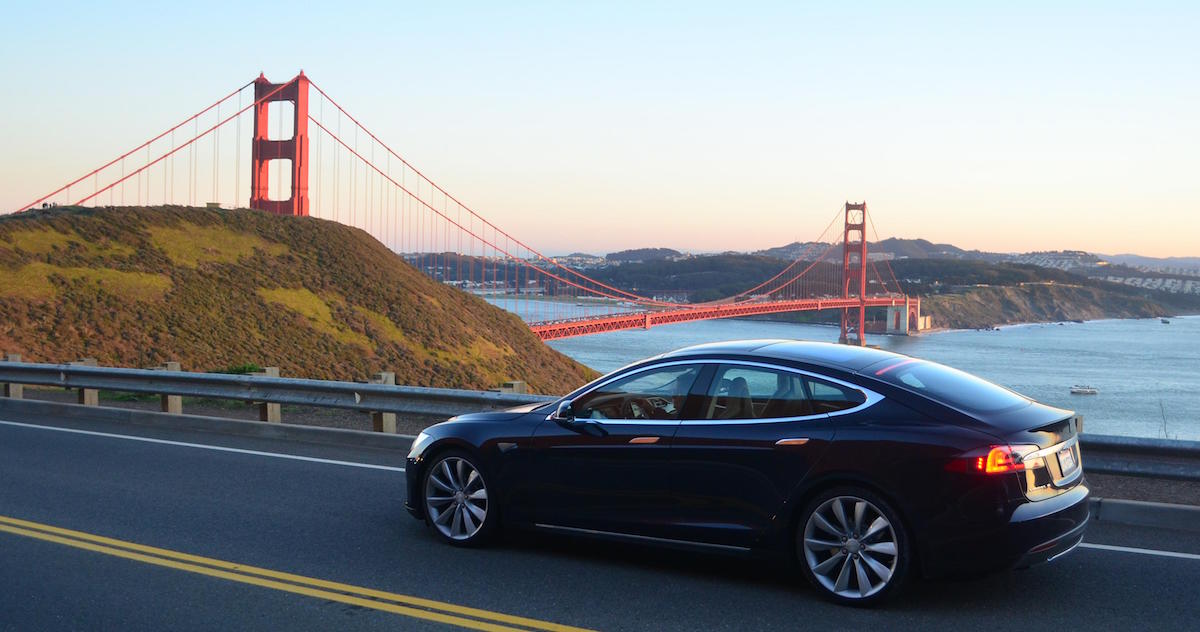
Category: Automotive, Silicon Valley
Jan 6
Tesla is losing money, and why this is good
“But Tesla is losing money! They just announced heavy losses!” The knowing smile on the face of this German manager was immediately followed by an astonished look on his face. “And still their share prices rose and remain on a high level. I just don’t get it!”
It’s true, in summer 2015 Tesla lost per sold Model S car around 4,000 Dollars as Reuters reported. In a traditional company that would immediately lead to cost cuttings, restructuring, to layoffs, or even a closure of the loss center. But Tesla is not a traditional company, and neither its product. The automotive industry is headed towards disruption and that’s why other rules come into effect. Rules that are difficult to understand outside Silicon Valley.
German startups that come through the German Accelerator program to for three months to Palo Alto often mention proudly that they are already profitable. For the local investors this is a red flag. It means that the startup isn’t doing enough efforts to grow the company and conquer the market before the competition can.
And that is what Tesla does. The 47 million dollar in losses in the 2nd quarter of 2015 were invested to build up infrastructure. The Gigafactory in Reno, where the battery-technology for the future Model 3 is going to be produced, the global supercharger network, the rampup of the Model X production, all those things cost money now. But those investments anticipate growth. Tesla is preparing to create de-facto-standards for electric vehicles, to rule the battery market, and to bring affordable and long-range electric vehicle to the masses.
http://www.youtube.com/watch?v=JkT2fozqPjc
Tesla-CEO Elon Musk spoke about profit and loss in an interview with the German Handelsblatt. In response to a statement of Daimler-chief Dieter Zetsche who said “Nobody will make money with electric vehicles.” Musk responded:
“I agree, we cannot have losses forever. This year we invest a lot in the production start of Model X, and long-term for Model 3. Our goal is to be cash flow-positive by next year. But I wouldn’t slow growth just to be profitable.”
A test drive by the German Manager Magazin done in February 2014 with the BMW i3 had the journalist fail charging the car at multiple charging station demonstrates the confusion and lack of coordination. The charging stations were either not open, didn’t accept credit cards, were available only during office hours, were difficult to physically access them, and highlighted how utility providers are behind in new trends and business models. They are often only half-committed and find a lot of reasons to excise the delays.
Traditional business models ask the basic question “How can I generate revenue?” Silicon Valley is probably the only place in the world where you don’t have to answer that question. But you have to answer how you create value for your customer.
This article is an excerpt from my book Die Silicon-Valley-Mentalität: Was wir vom Innovationsweltmeister lernen und mit unseren Stärken verbinden können, (The Silicon Valley Mindset: What we can learn from the innovation world champions and combine it with our strengths) which will be available (in German) early 2016. The book can be pre-order at the publisher, or online at Buchhandel.de or Amazon.de.
This article is also available in German: Tesla macht Verlust – und warum das momentan gut ist

Recent Comments